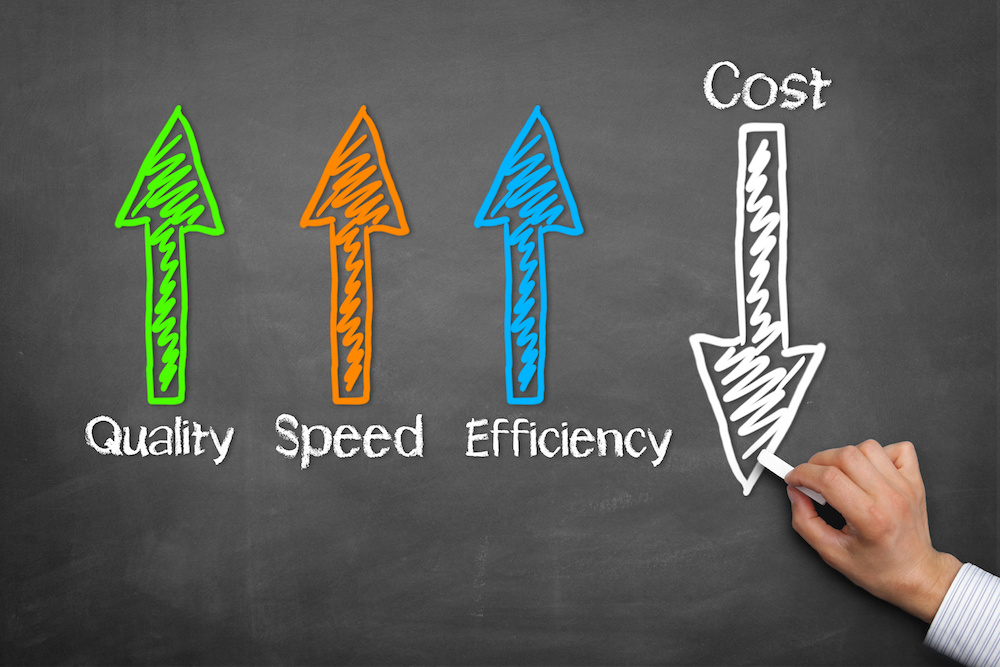As we get closer to the holiday season and the weather starts to cool, I’m reminded of the phrase, “no two snowflakes are alike.” The same rule applies to people, and that includes both agents in the contact center and the customers that they interact with every day. Each person has their own unique personality, preferences, behaviors and “human variability,” – the combination of these qualities makes each of our communication styles unique.
Managers need their contact centers to operate as smoothly and efficiently as possible – and while it’s true that unpredictability with agents and callers can result in occasional complications, human variability can also be a source of unique advantages. Here are the three top ways contact centers can combine data and human variability to improve customer engagement and overall contact center performance:
1. Identify Agents’ Unique Strengths and Weaknesses
Each agent in the contact center has an individual set of strengths and weaknesses, and may excel in certain tasks while struggling with others. By using Statistical Performance Analytics to analyze data from customer-agent interactions and call resolution results, contact center managers can determine the specific areas where each agent is strongest, and also identify any areas that require further training. Managers can also use these insights to prioritize call routing so that each agent handles customer calls in their areas of expertise.
2. Use Customer Demographics to Predict Preferences and Behaviors
Just as strengths and weaknesses vary from person to person, so do our preferences. That means that each customer may desire particular products or services, which others will not. Managers can use customer demographic information such as where they live and what they do for work to help predict how a customer will interact with a business, and which products they are likely to have interest in. By using data to predict the different ways that a customer may react, agents in the contact center can provide the best, hand-tailored service possible.
3. Conduct Proactive Outreach to Increase Satisfaction
While it’s important to understand each customer’s preferences in terms of products and services, it’s equally important to recognize that these preferences will also apply to levels of customer-agent interaction. Many contact centers will wait for customers to reach out in the event of an issue – but some customers prefer a more proactive approach. Analyzing call-data can help determine how to improve satisfaction and when to reach out to those that prefer a more proactive relationship. Likewise, companies can check in with these individuals through product satisfaction surveys – calls and emails to gauge their recent interactions with sales representatives and provide feedback on quality of service. Learn how Customer Engagement Analytics works.
Want to learn more about how contact centers can benefit from human variability? Check out my complete destinationCRM article “How Human Variability Can Improve Contact Center Performance” here.







